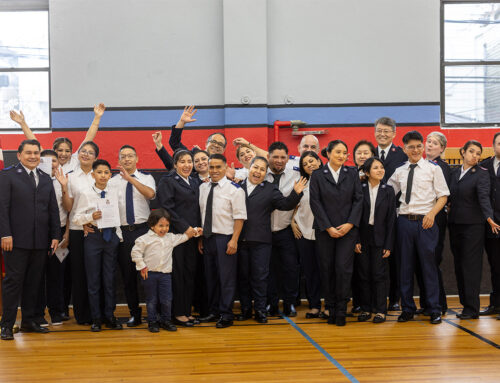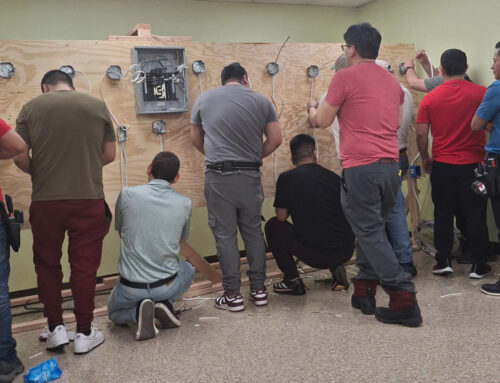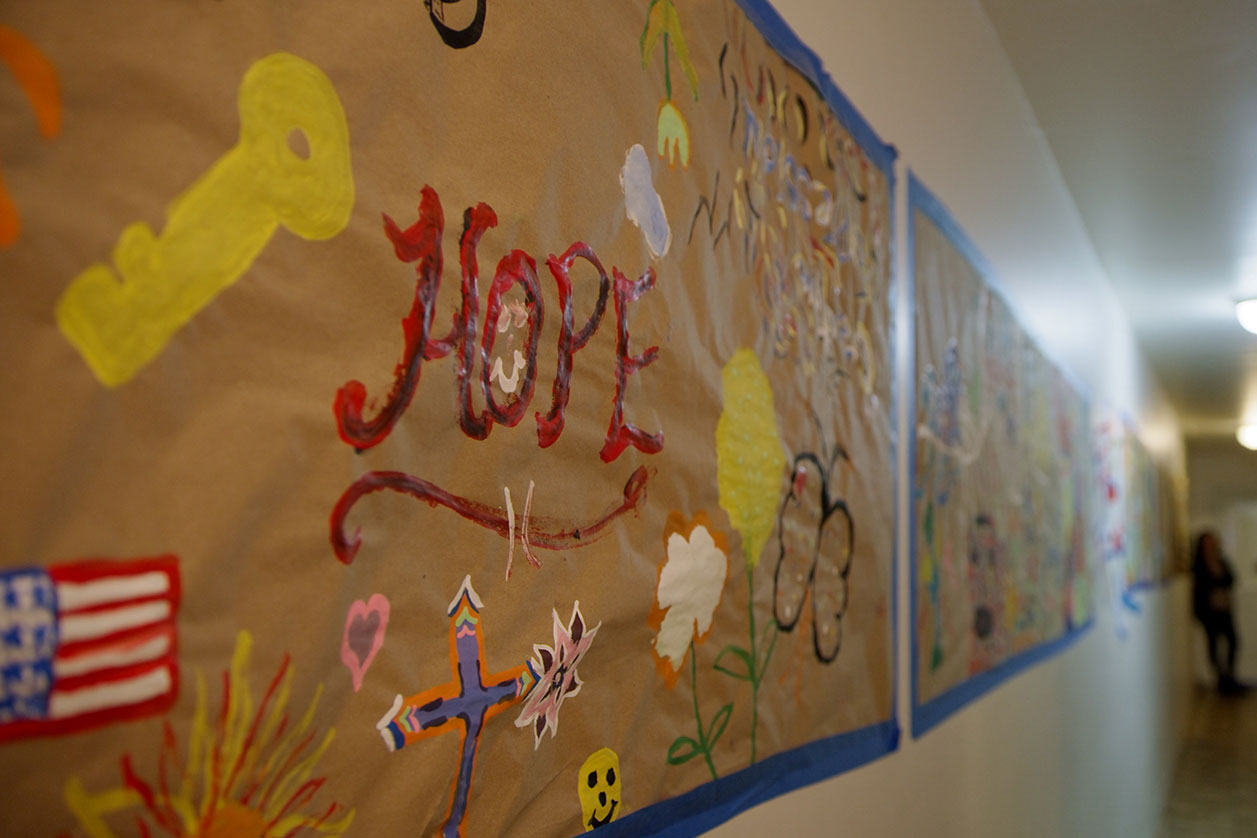
From Dream to Hope
How The Salvation Army USA East produced its first feature length documentary
What once started as a far-off dream is now a New York Emmy award-winning documentary. Hope: Stories of Survival, produced by The Salvation Army USA East, took years of hard work, dedication, and courage to bring to fruition. To better understand what went into getting this film from inception to premiere, we talked to the director, Joe Pritchard.
Joe Pritchard, Director of Internal Communications – The Salvation Army USA East, has spent more than a decade as a director with this organization directing projects with the support of his amazing team. They have traveled throughout the northeast United States, and the world, capturing the life-changing stories of individuals impacted by the work of The Salvation Army. Hope: Stories of Survival is his first full-length documentary film.

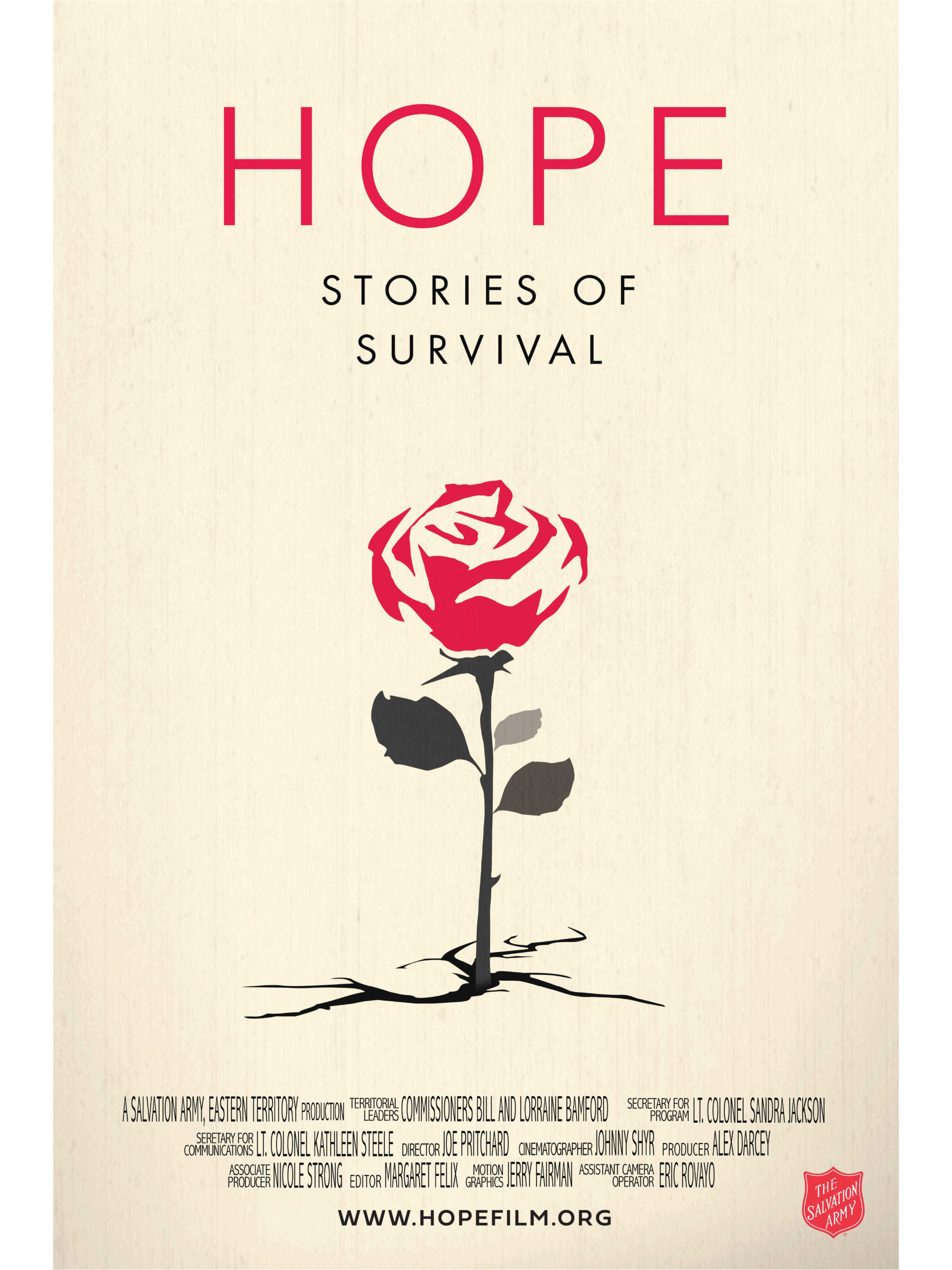
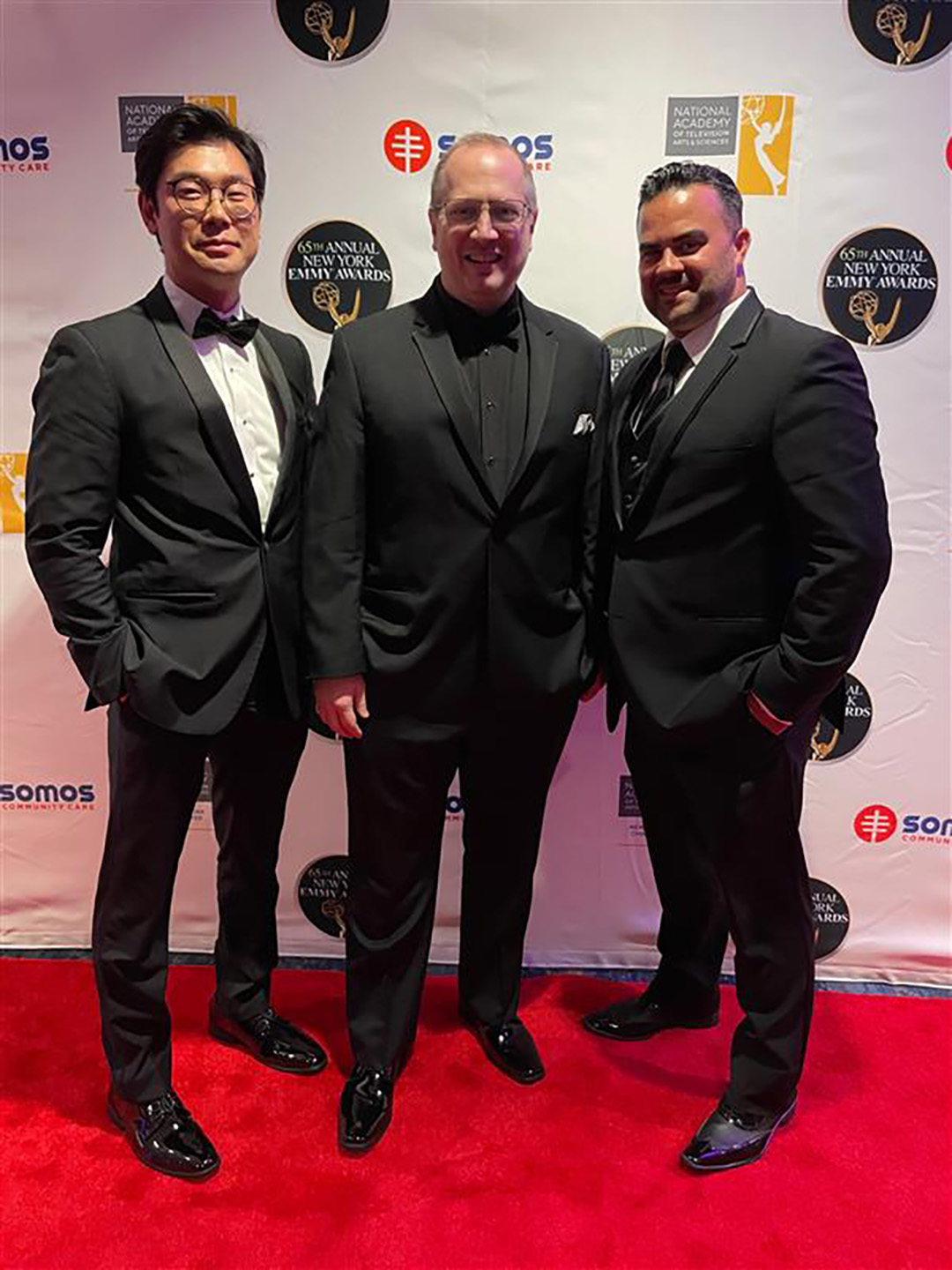
SAconnects: How did the Hope: Stories of Survival project begin?
Joe Pritchard: About five years ago, the Communications Department leader challenged every department team to come up with BIG DREAM projects they would like to produce. At the time, I was the video director, which allowed my team and me to think big. After months of discussing concepts, we narrowed it down to a documentary on Human Trafficking. This evolved as we started interviewing individuals who were involved with the anti-human trafficking efforts within The Salvation Army. Understanding the needs of those who have been impacted by human trafficking, we watched just about every film out there on this topic. We that our film should focus on survivors of human trafficking and their success after finding freedom.
SA: What was your role in the creation of this film?
JP: I was the director and oversaw the concept idea through postproduction. That said, the rest of the team was terrific! Johnny Shyr was the videographer and was critical of the look and feel of this entire film. Alex Darcey, the producer, made sure every detail was taken care of. Margaret Felix and Julie Bacon, the video editors, crafted the story and made it what it is today. Jerry Fairman developed the graphic treatments throughout; the design team created the artwork, and Michael Pettiford ensured we never lost footage and archived the entire project. So many others helped. It was indeed a team project.
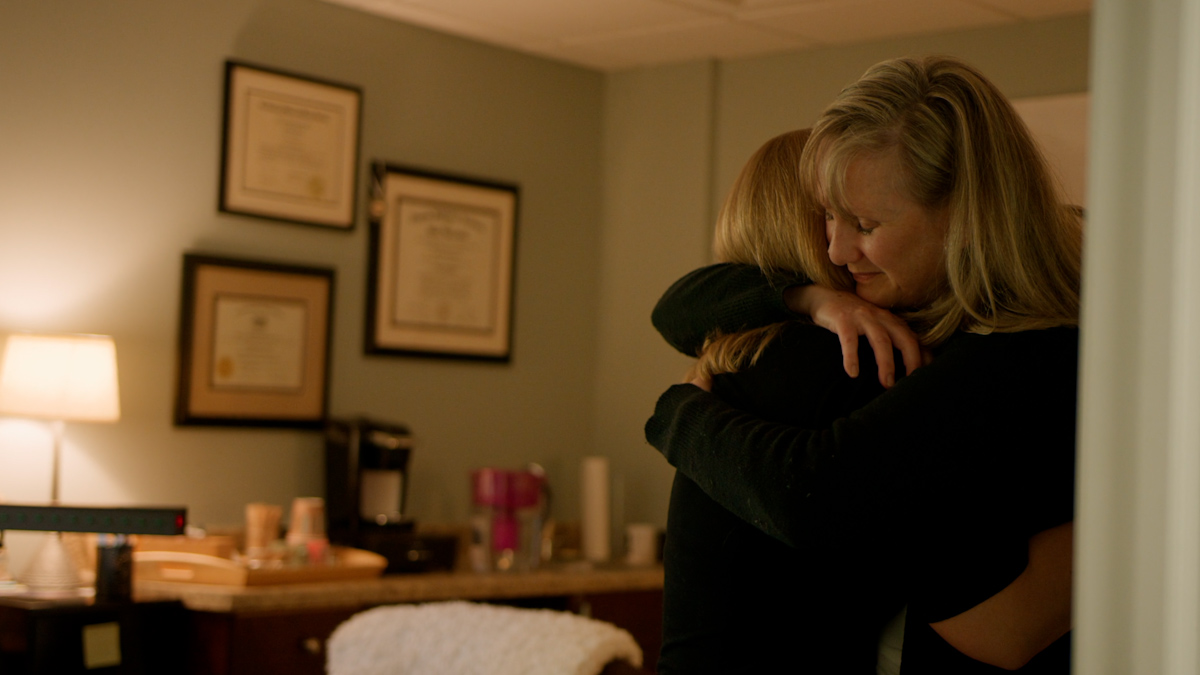
SA: What about the topic of this film struck you and the others involved as important enough to devote the years of work it took to complete?
JP: At first, we thought we wanted the film to focus on the traumatic experiences of our subjects. But after talking to survivors, case managers, and others working in the anti-human trafficking world, we understood that films that focus on trauma are not received well and often put a negative connotation on the survivors; they continue to portray them as victims. Instead, we focused on individuals as real people, facing unimaginable circumstances, how God protected them, and how they survived the worst-case scenarios through support from The Salvation Army, lawyers, therapy, friends, and family.
SA: Knowing what you know now, what would you say to yourself and your team to encourage them to push through the long hours it took to complete the film?
JP: Well, my first response would be this film is now an Emmy Award-winning film. That alone is huge and a first for The Salvation Army. But that was not the goal. I would remind them of our goal, which is to bring awareness to the public about this issue, get support to those affected and empower the survivors. Most of all, we want to share the message of HOPE through the recovery process and let victims and survivors know that they are not alone.
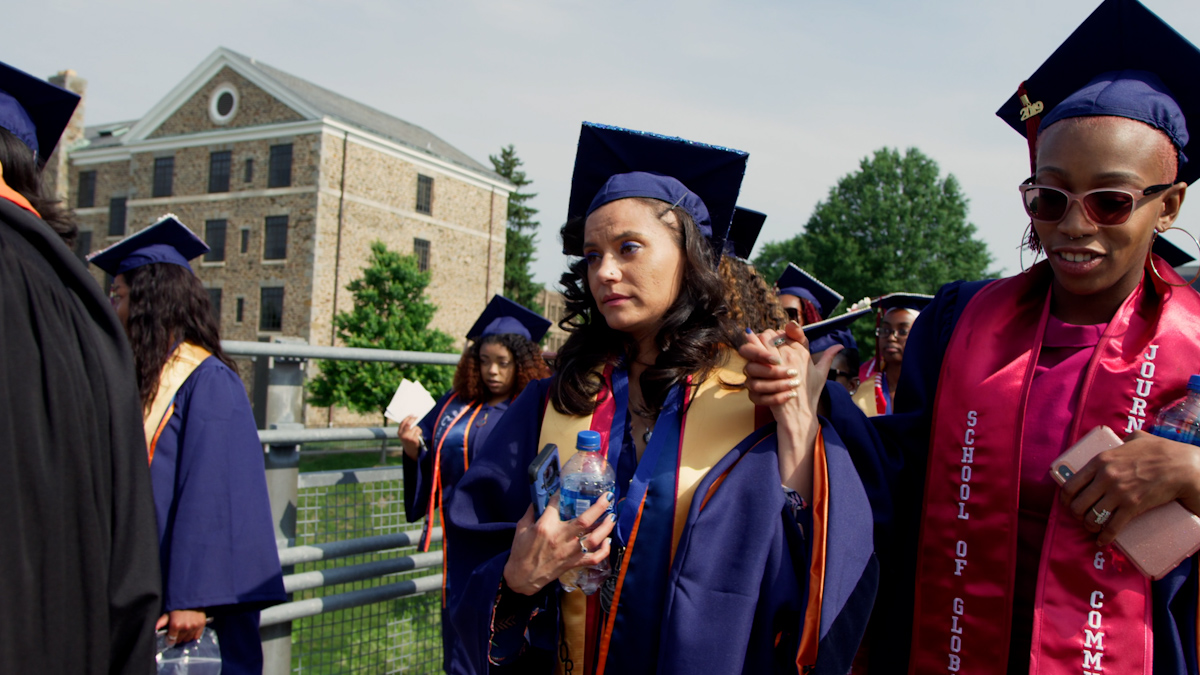
SA: Many people and programs were involved in the production of this film. Who were some of the key contributors?
JP: The three women who are the focus of the film are the glue. Without Tammy, T, and Rachel, the film would not have been possible. In addition to the video crew, we had the support of individuals like Heather (Rachel’s friend who works at The Salvation Army), an attorney from Villanova Law Institute, an EMDR therapist, and so many more individuals who helped us understand that it takes an entire support system to help these survivors thrive.
SA: How was the production team introduced to the women featured in the film? How did you choose which stories to feature?
JP: We reached out to those within the Eastern Territory to ask if there were individuals who felt they could be open with us about their story without re-traumatization. We also needed to know that these individuals had received help for several years (to ensure they had a positive support system). Then we also wanted to make sure they were close in proximity to Territorial Headquarters so we could schedule filming sessions with them. After initial interviews, we narrowed it down to three women and felt that the stories related to each other but were different enough to put the story arch together.
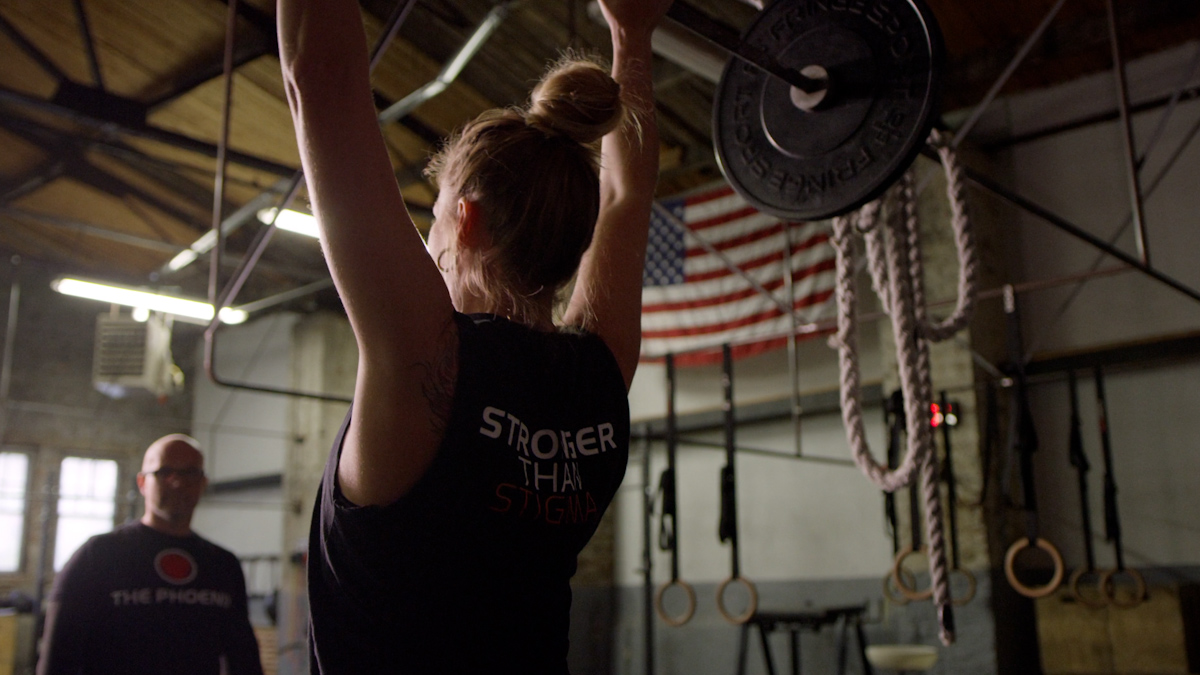
SA: Were there any significant learning moments while working on this film? What do you know now that you didn’t know before meeting the subjects of this film?
JP: When we started this film, we were only aware of one individual who had a solid relationship with the Lord. Through this process, we learned that all three had faith, and they counted on it to get them through the most challenging parts of their lives. We also learned some interesting facts about one of the women during the post-production process. We had no idea until it was time to release the film. I won’t spoil the news; you’ll need to watch the film through the credits to find out.
SA: What action steps related to ending human trafficking can the audience of this film take after watching it?
JP: First, it’s crucial to gain an awareness and understanding that human trafficking and modern-day slavery are happening all around us. Second, support the organizations on the ground helping victims and survivors (financially, through prayer and volunteering). Third, share Hope: Stories of Survival with a larger audience. If everyone you know watched the film and shared it with one person, we can get the word out to the media and a larger audience which will have a more significant impact. Unfortunately, this is a multi-billion-dollar industry that will take more time and resources than we have available to eradicate. Still, we can pray that God works miracles and can impact lives no matter what.


